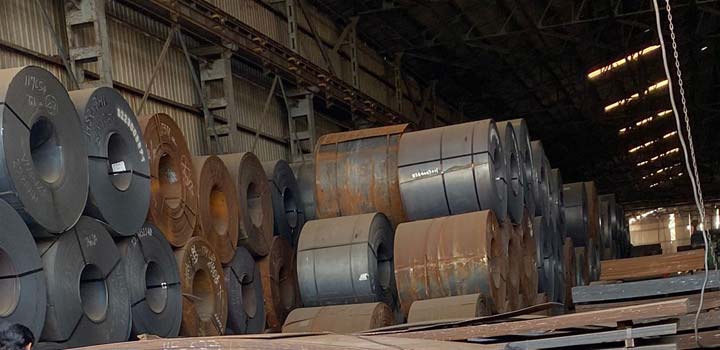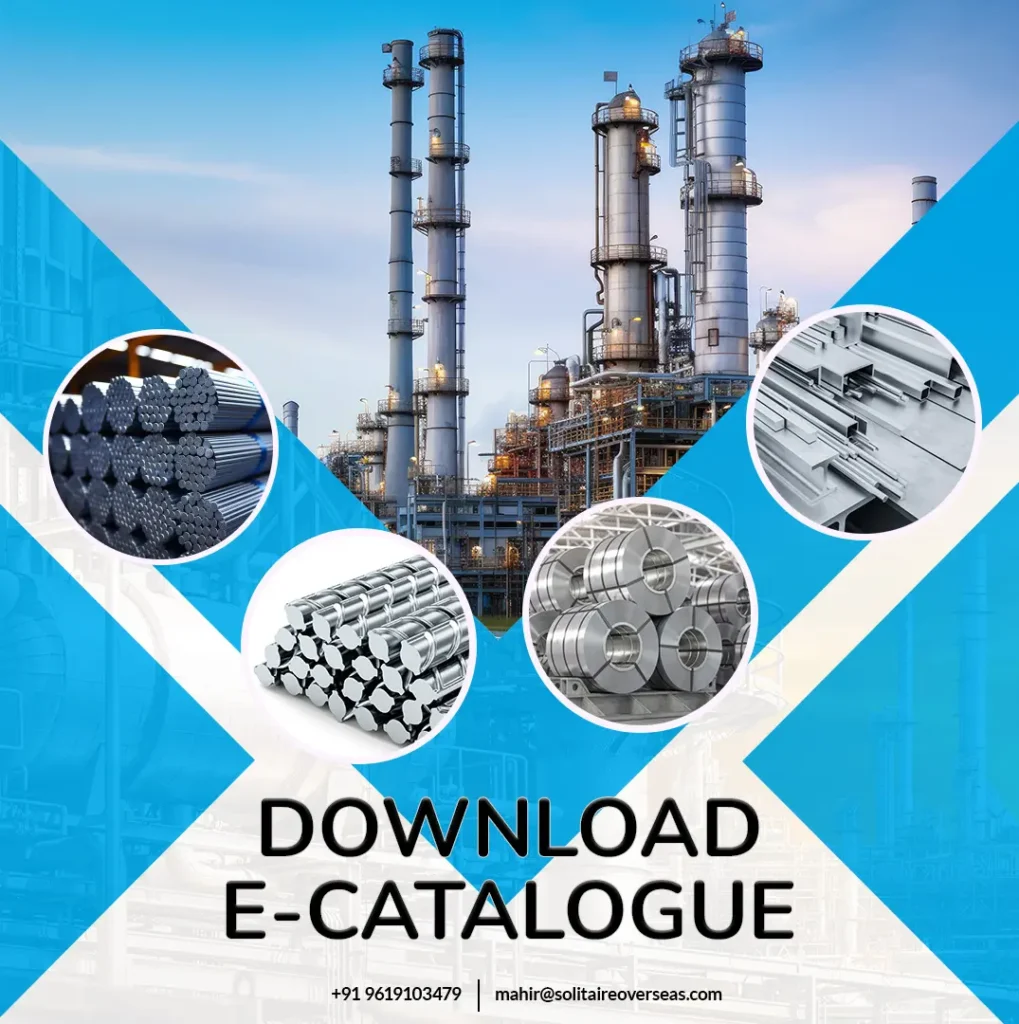
SPFH590 - Chemical composition, Standards and Properties
Talk To Us – We’re Here To Help
SPFH590 Material Properties, SPFH590 Chemical Composition, SPFH590 Steel Equivalent, SPFH590 Mechanical Properties, jis g3134 SPFH590 Material Specification, jis g3134 steel, jis g3131 equivalent material. Solitaire Steel is SPFH590 jis g3134 steel tube supplier & exporter.
SPFH590 is a high-strength hot-rolled steel available in plates, sheets, and strips, primarily used for automobile structural parts. Produced according to the JIS G3134 standard, this steel offers a great balance of strength, plasticity, toughness, and weldability. Thanks to these qualities, SPFH590 is used in a wide range of industries, including automobile manufacturing, electrical appliances, and construction materials.
What are SPHC Steels?
SPHC steel is a hot-rolled steel that is widely used in commercial applications. It is defined by the JIS G 3131 standard, which sets the criteria for hot-rolled steel produced in Japan. This type of steel is often used for tasks like forming and shaping metal sheets.
In contrast, SM570 steel, also hot-rolled, is much stronger and primarily used for welding applications.
SPFH590 is another type of hot-rolled steel, commonly used in the automotive industry for parts like chassis and structural components. Known for its high strength and excellent formability, SPFH590 also has good weldability. It is a low-carbon steel that includes elements like manganese, silicon, phosphorus, and sulfur, which help achieve its mechanical and chemical properties.
The advantage of using high-strength, hot-rolled steels like SPFH590 is that they allow for the production of thinner parts without sacrificing performance. This reduces weight and can result in significant cost savings across the entire manufacturing process, from material sourcing to final product use. SPFH590 is frequently found in auto parts like wheel hubs, rims, and frames.
SPFH590 jis g3134 Material Specification
| Product | Plat SPFH Hot-rolled High-strength Automotive Steel Plate |
| Kategori | Hot-rolled High-strength Automotive Steel Plate |
| Standard | JIS G3134 |
| Grades | SPFH540 & SPFH 590 |
| Country | Japan/Korea |
SPFH590 Chemical Composition
| Element | Minimum (%) | Maximum (%) |
| Carbon (C) | – | 0.15 |
| Silicon (Si) | – | 0.50 |
| Manganese (Mn) | – | 1.80 |
| Phosphorus (P) | – | 0.025 |
| Sulfur (S) | – | 0.025 |
| Iron (Fe) | – | 96.25 |
JIS g3134 SPFH590 Mechanical Properties
| Property | Value |
| Yield Strength (Rp0.2) | ≥ 854 MPa |
| Impact (KV/Ku) | 12 J |
| Tensile Strength (Rm) | ≥ 447 MPa |
| Brinell Hardness (HBW) | 421 |
| Elongation (A) | 43% |
SPFH590 jis g3134 Steel Equivalent Grade
| Japan | US | Europe | Germany | France | England | Italy | Inter |
| JIS | SAE | EN | DIN,WNr | AFNOR | BS | UNI | ISO |
| SPFH 540 | J2340 420XF | 10149-2 S420MC | |||||
| SPFH 590 | 490XF | S500MC | QSTE420TM | E420D | HR50F45 | Fe420TM | FeE420 |
Physical Properties of SPFH590
| Property | Value |
| Modulus of Elasticity (GPa) | 327 |
| Specific Thermal Capacity (J/kg·°C) | 211 |
| Density (g/cm³) | 7.8 – 7.9 |
Material Testing for JIS G3134 Grade SPFH590
- Impact Tests: Assess toughness at different temperatures.
- Hardness Tests: Measure wear resistance and surface strength.
- Tensile Tests: Evaluate the material’s resistance to stretching forces.
- Flexure Tests: Evaluate the material’s resistance to stretching forces.
- Deformation Tests: Check the material’s ability to undergo flexible deformation without failure.
Heat Treatment of SPFH590 Steel
| Heat Treatment Type | Temperature Range (°C) |
| Annealing | 1198 – 1875 |
| Quenching | Yes |
| Tempering | Yes |
| Normalizing | Yes |
| Q & T | Yes |
SPFH590 Tensile Strength
| Grade SPFH | 490 | 540 | 590 | 590DP | 780 | 780DP |
| Min. Tensile Strength | 71.1 ksi | 78.3 ksi | 85.6 ksi | 85.6 ksi | 113.1 ksi | 113.1 ksi |
SPFH590 JIS G3134 Applications
- Automobile frames
- Wheel discs and rims
- Frames
- Hood
- Roof
- Fender
- Front-end carrier
- Subframe
- Rear floor
- Side outer panels, and more
SPFH590 is widely used in the automotive industry due to its high strength, making it ideal for structural components that require durability and formability.


